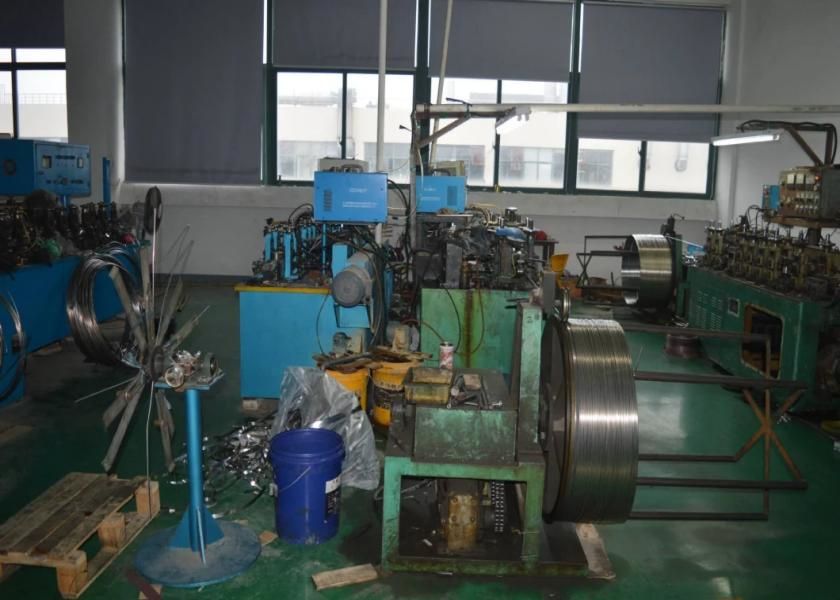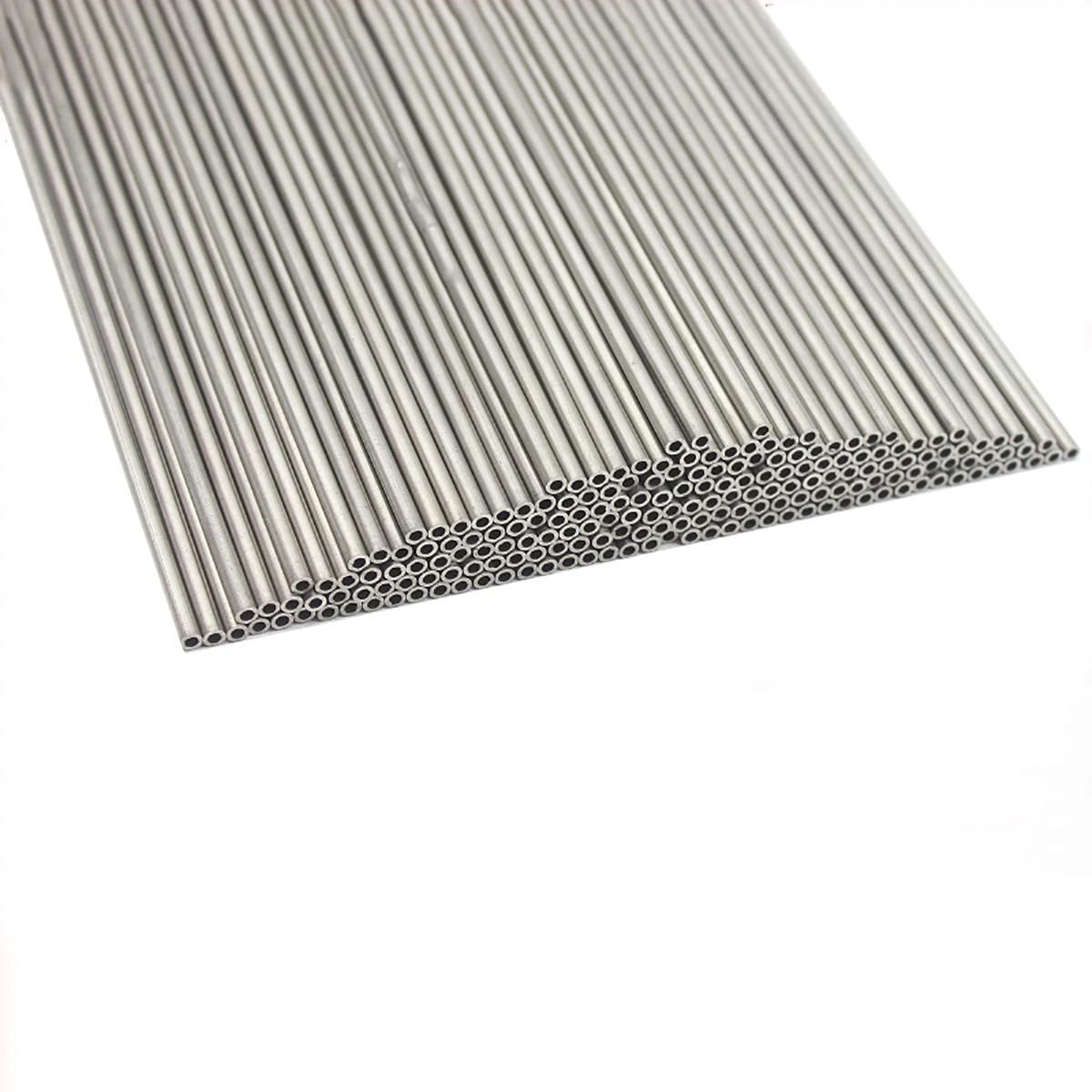316L stainless steel 12*0.6 mm for heat exchanger
SS316 steel is an austenitic chromium-nickel stainless steel that contains between 2 and 3% molybdenum. 316 Stainless steel has better corrosion properties due to its molybdenum content which improves its resistance to pitting in chloride ion solutions and makes it strong for higher temperatures.
316L stainless steel 12*0.6 mm for heat exchanger
SS grade 316 is an Austenitic standard molybdenum-bearing grade, which is very useful stainless steel and is highly resistant to general corrosion. Austenitic SS316 is better than the conventional nickel chromium stainless steels such as 302 and 304.
316L stainless steel 12*0.6 mm for heat exchanger
SS316 Composition
When unfolded, the SS316 composition reveals that the molybdenum content in it gives it better corrosion resistance when we compare 304 Vs 316 Stainless steel. This comparison is proven particularly as higher resistance to pitting and crevice corrosion in chloride environments. SS316 and SS304 have excellent toughness due to the austenitic structure even down to cryogenic temperatures.
316L stainless steel 12*0.6 mm for heat exchanger
CHEMICAL COMPOSITION
| Grade | Ni | Cr | Si | C | Mn | P | S | Mo | Fe | |
|---|---|---|---|---|---|---|---|---|---|---|
| SS 316 | MIN | 10 | 16 | – | – | – | 0 | 2 | BALANCE | |
| MAX | 14 | 18 | 0.75 | 0.08 | 2 | 0.045 | 0.03 | 3 | ||
| SS 316L | MIN | 10 | 16 | – | – | – | – | 2 | BALANCE | |
| MAX | 14 | 18 | 0.75 | 0.03 | 2 | 0.045 | 0.03 | 3 | ||
| SS 316H | MIN | 10 | 16 | 0 | 0.04 | 0.04 | 2 | BALANCE | ||
| MAX | 14 | 18 | 0.75 | 0.1 | 0.1 | 0.045 | 0.03 | 3 |
One might find plenty of variety of type 316 stainless steel. Some of the popular types remain the L, F, N, and H variants. Each is slightly different, and each is used for different purposes. The difference of the “L” designation suggests less carbon content in 316L when compared to 316. Alloy 316 & 316L have excellent elevated temperature tensile, stress-rupture strengths and creep, and extra-ordinary formability and weldability.
316L stainless steel 12*0.6 mm for heat exchanger
When we compare SS304 Vs SS316, both are similar and used widely in the food industry, both type 316 and 316L have better corrosion resistance and have better strength at elevated temperatures. Just have an example of SS 316 coil; it’s widely used and similarly popular. Both are non-hardenable even in heat treatment and are ready to form and draw pulled or pushed with the use of a die or a smaller hole.
316L stainless steel 12*0.6 mm for heat exchanger
SPECIFICATION
| GRADE | UNS | OLD BRITISH | EURONORM | SWEDISH | JAPANESE | ||
|---|---|---|---|---|---|---|---|
| BS | EN | NO | NAME | SS | JIS | ||
| SS 316 | S31600 | 316S31 | 58H, 58J | 1.4401 | X5CrNiMo17-12-2 | 2347 | SUS316 |
| SS 316L | S31603 | 316S11 | – | 1.4404 | X2CrNiMo17-12-2 | 2348 | SUS316L |
| SS 316H | S31609 | 316S51 | – | 1.4948 | X6CrNi 18-10 | – | – |






